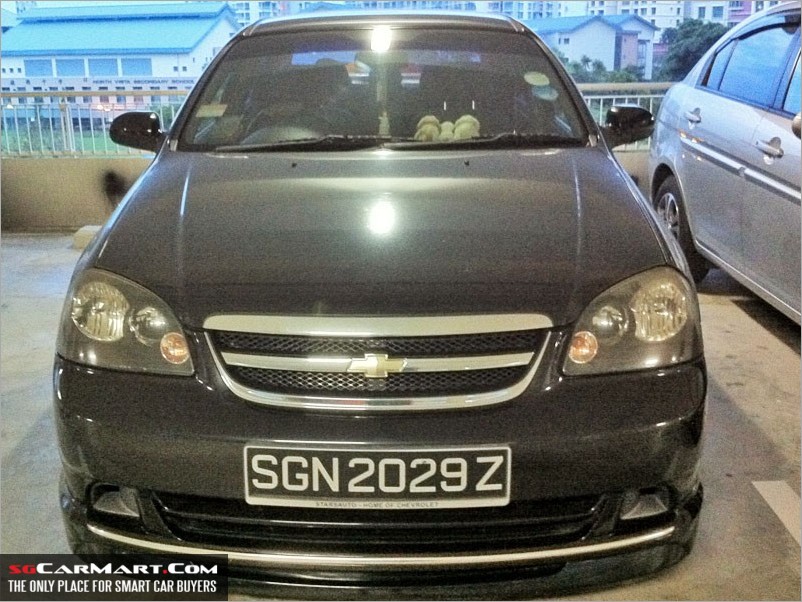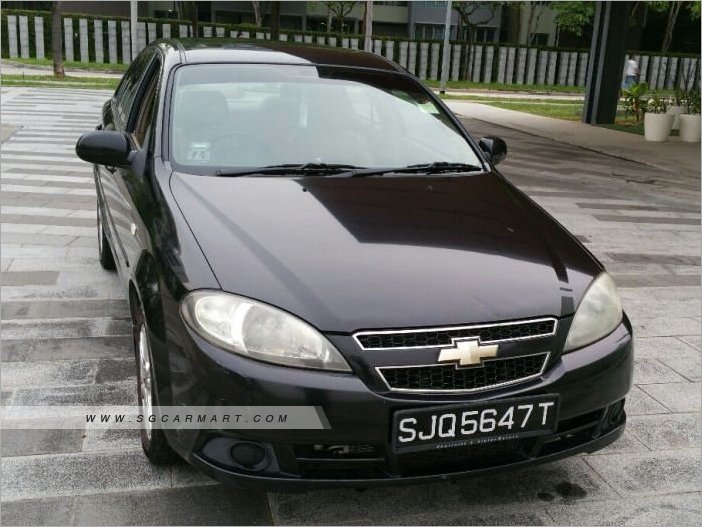



Back then when I had more time, I often went to various car workshops around the country to just see what cool cars were there (which also makes up the majority of my content). Some places are relatively far, so I would not specifically make my way down unless I felt like it. It was one of those random days where I just decided to pop by, when I saw this rather curious 1972 Mazda RX2 being worked on. Initially, I did not recognise what it was but after doing a quick check, I realised it was a unicorn finding!
First introduced as the Mazda Capella, the car was positioned as an intermediate alternative to the smaller Familia and the larger Luce. Its name was derived from the eponymous star, which is the brightest in the constellation Auriga. The Capella originally featured rectangular headlights while rotary-powered versions were fitted with twin headlamps from 1971; rotary cars were sold as Mazda RX2 for export markets.
Interestingly, the Capella was also assembled in New Zealand and South Africa, where the rotary cars became more popular than its non-rotary siblings. It was also a major component of Mazda's US expansion in 1971, but only the rotary version remained federalised (i.e. made legal) for 1973.
The RX2 was powered by a 1146cc Wankel 12A rotary engine, allowing it to reach a top speed of 182 km/h with an acceleration of 9.4 seconds [0-100 km/h]. It was 4210 mm long and weighed 1015 kg, with a relatively thirsty fuel consumption of 15.9 litres / 100 km.
Production of the 1st-generation Capella ended in 1974 with about 116,000 made, where it was succeeded by the CB series. Certain literature consider the 1st-generation Capella to include the CB series, though other make a distinction. This particular unit was imported from the UK, where it was noted to be a barn find that had not moved since the 1980s. It was sold on eBay for 3500 pounds in 2012 and subsequently brought in, though it had not been seen in public until I came across it by chance! RX2s were not widely sold in the UK back then, making its existence really curious. Even in Singapore, they did not appear to have been brought in officially though a few were noted to have existed based on newspaper ads.
Cars back then were really made different, as seen in the level of details. I had not noticed the gold pinstripes only after I took the pictures, and it was a nice touch amidst the car's general run-down condition. The road tax disc was last updated in Oct 1977, which would mean this unit has been off the road for decades! The bigger mystery would be how this was found and brought into Singapore, especially when maintenance would not be straightforward. In any case, it has yet to be registered but I hope you may be able to see this rarity on the roads some day!
Hybrid vehicles have become so mainstream today that it is hard to visualise how it stormed to the forefront. Over the course of automotive history, there were various attempts to create vehicles with hybrid technology, but ensuring it was mass market was a whole set of challenges. It was only until Toyota's brightest minds pooled together to create a revolutionary car, of which the 2003 Toyota Prius XW10 is a testimony!
The Prius began life as a concept vehicle, where it was first exhibited at the 1995 Tokyo Motor Show; it featured the Toyota EMS (Energy Management System) drivetrain for the purpose of fuel-efficient driving. Environmentally friendly features included electric power steering, low rolling resistance tires and side moldings made from coloured resin.
It was subsequently released in 1997 as the world's first mass-produced hybrid vehicle, under model code NHW10. The front grille and bonnet were seamlessly connected (a rare feature at the time), which helped to reduce air resistance. In addition, it was easy to get in and out of the car while making effective use of the interior space, which was an innovative package for a sedan at the time.
In 2001, it was upgraded with a more efficient hybrid engine and cosmetic additions for the export market such as a rear spoiler, along with a model redesignation to NHW11. NHW11 models were powered by a 1497 cc 1NZ-FXE i4 hybrid engine and fitted with the Toyota Hybrid System hybrid drivetrain technology (now known as Hybrid Synergy Drive). Essentially, an electric motor was mated to a conventional engine, which would kick in to provide more power when accelerating. This allowed the car to reach a top speed of 130 km/h with an acceleration of 13.4 seconds [0-100 km/h]. It was 4315 mm long and weighed 1265 kg, with a very good effective range of 18.5 km / litre.
Production of the 1st-generation Prius ended in 2003, where it was replaced by the more renowned XW20 series. The Prius XW10 was first unveiled in Singapore in 1999, and was officially sold here in 2001 by Toyota dealer Borneo Motors at a retail price of $128,988. Local reviews praised its fuel efficiency but noted that its prohibitively high price would only appeal to those who wished to make a statement.
This unit is believed to be 1 of 2 remaining here, where the other one is actually used by our police force as a patrol car! It was most likely imported from the UK, due to the rear spoiler and chassis number designation. At some point in time, this Prius began to see usage as a private hire vehicle; I have seen it being used to drop off passengers. Although the Prius XW10 is not what people would imagine an iconic car to be like, it paved the way for others to fly. Who knows, perhaps you may be lucky to catch a ride in this unique piece of history one day!